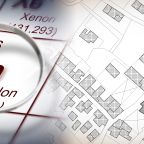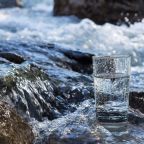Search results
The Incident Reporting System (IRS) is a documentation system for operating experience with nuclear power plants.
The International Nuclear and Radiological Event Scale is an international assessment standard for so-called events in nuclear facilities (nuclear power plants, storage facilities, etc.), but also generally for all events in connection with radioactive substances.
Ionising radiation refers to any particle or electromagnetic radiation that is capable of removing electrons from atoms or molecules (usually by impact processes). This leaves behind positively charged ions or molecular residues (ionisation).

GRS scientists have investigated in a research project funded by the Federal Ministry for the Environment how radon at the workplace can be measured and how its dispersion in buildings can be modelled.

In the project, the GRS research team developed a central database for all information on water supply facilities in Germany that is relevant for radiation protection.
In nuclear fission, an atomic nucleus is split into two or more smaller nuclei, releasing energy in the process. In nuclear power plants, nuclear fission is brought about in a controlled manner and the energy released is used to generate electricity.
Conditioning refers to the process in which radioactive waste is converted into a chemically stable state that is insoluble or only slightly soluble in water and then packed in appropriate containers (e.g. Castor casks).
A reportable event is defined as a safety-relevant deviation from normal specified operation in a nuclear installation.
In nuclear power plants, moderators serve to slow down the speed of movement (kinetic energy) of free neutrons.
In contrast to the "normal" fuel assemblies made of pure uranium dioxide, mixed-oxide (MOX) fuel contains an additional oxide. While thorium dioxide is used in some cases, it is plutonium dioxide that is usually used.